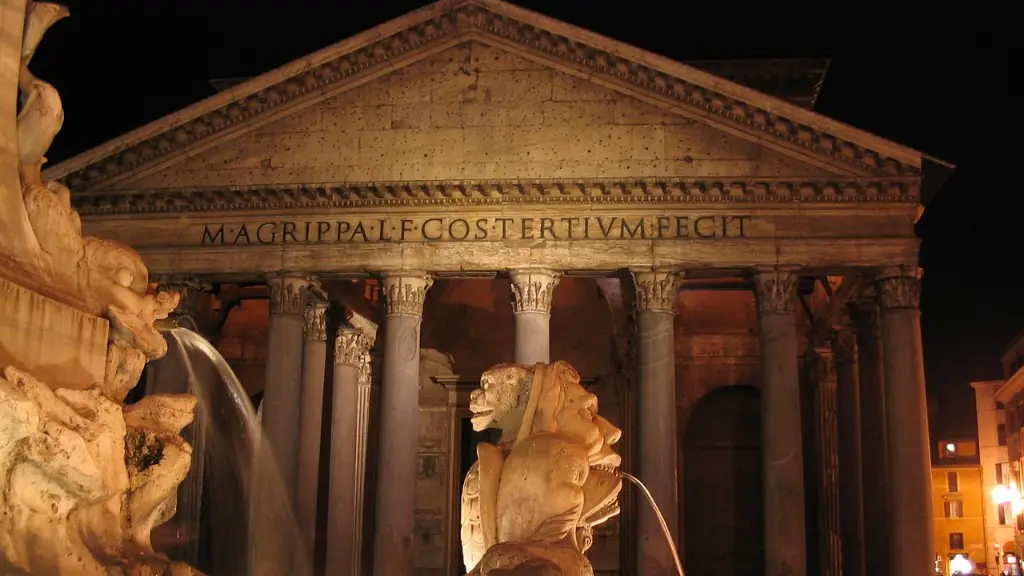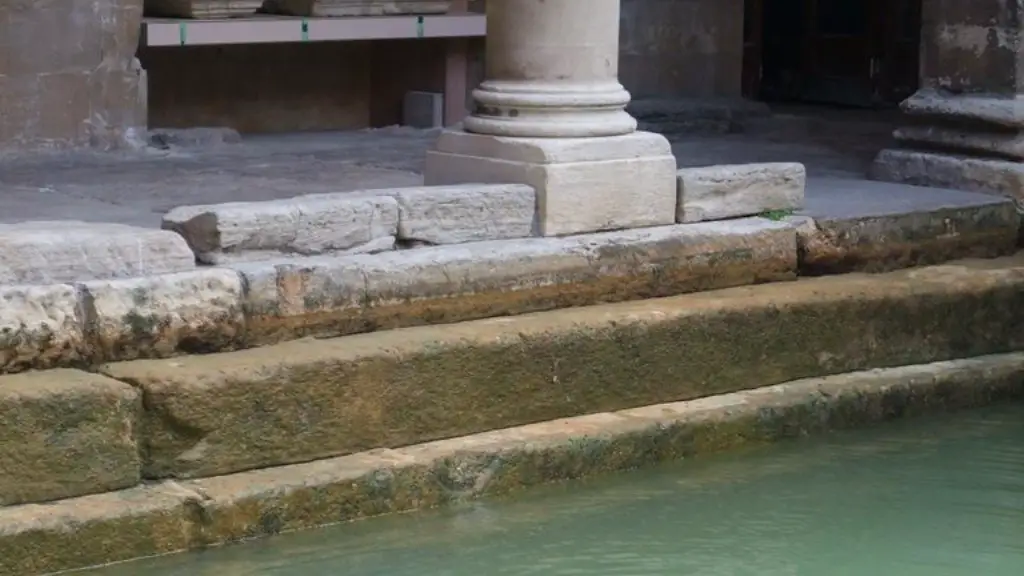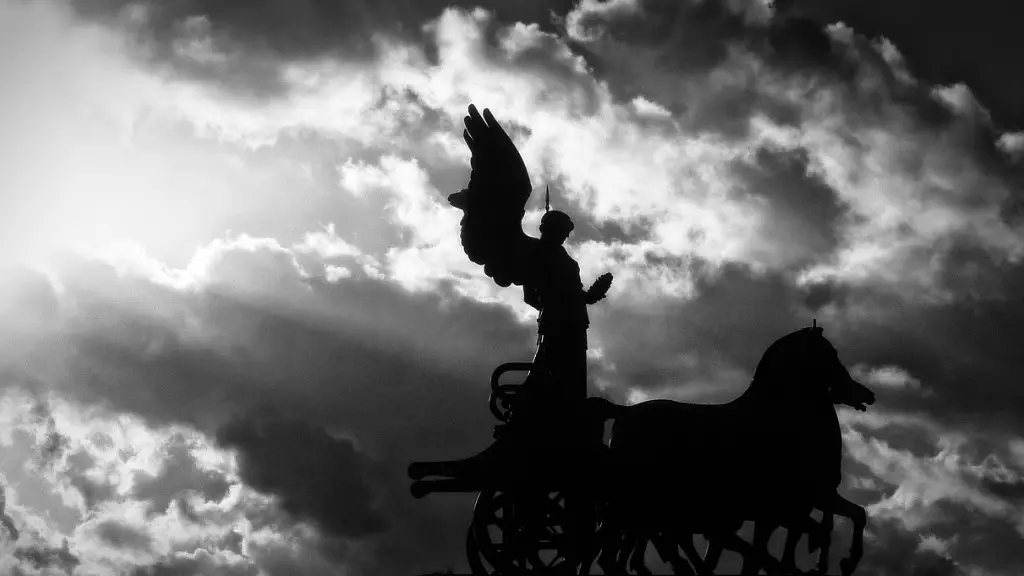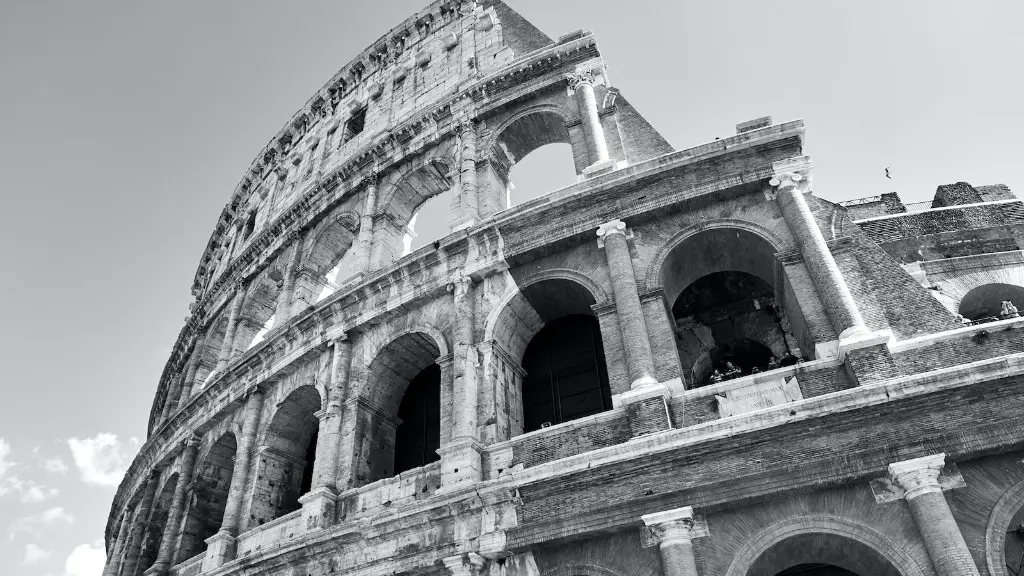According to Roman tradition, every household had its own guardian spirit, or genius. The genius was believed to have been present from the founding of the house, and to have helped protect and care for the family throughout its history. The head of the household was responsible for honoring the genius, and for making sure that it had everything it needed to do its job.
The ancient Romans honored household spirits by setting up shrines to them in their homes. They would offer food and wine to these spirits, and ask for their protection and guidance.
What is household spirit in Roman myth?
The Penates were the household gods of the Romans and other Latin peoples. In the narrow sense, they were gods of the penus (“household provision”), but by extension their protection reached the entire household. The Penates were originally worshipped in the form of small statues. They were later associated with the Lares, household gods who protected the individual rooms of the house.
A lararium was a household altar in ancient Rome. It was a place where the family interacted with the goddesses and gods on a personal level each day. All Roman homes had a lararium.
What were ancient Roman household shrines
A household shrine, or lararium, was a common feature in Roman homes. The main deities honored at these shrines were called the Lares, who were responsible for the well-being of the family. All members of the household, free and slave, worshipped at the lararium.
The Manes were thought to be the souls of deceased loved ones who had passed into the underworld. They were often depicted as ghostly figures or as shadowy figures in the underworld. In some cases, they were thought to be the spirits of deceased emperors or other important figures.
What was very important to the Romans who was the head of the household?
The paterfamilias was the head of the Roman family and had absolute control over the household and children. He was responsible for the family’s business affairs and property, and could perform religious rites on their behalf. The paterfamilias was a very important figure in Roman society and was revered by the family.
The lararium was a shrine to the guardian spirits of the Roman household. Family members performed daily rituals at this shrine to guarantee the protection of these domestic spirits, the most significant of which were the lares. These spirits were depicted as two young men in dancing postures, holding drinking horns.
What are 3 traditions rituals of Romans?
The gods were believed to be very powerful and capable of blessing or cursing an entire community. Because of this, it was important to keep them happy through proper ritual offerings. Festivals were often held in honor of the gods, and offerings were given as a sign of respect. Animal sacrifice was also a common practice, as it was believed to please the gods.
The ancient Romans believed that sacrificing animals to the gods would please them and keep them happy. They would sacrifice bulls, sheep and pigs at temples, as they believed that this was the best way to communicate with the gods. The animals’ blood was seen as being particularly important, as it was thought to hold great power.
Who is the Roman god of home
Vesta is the virgin goddess of the hearth, home, and family in Roman religion. She was rarely depicted in human form, and was more often represented by the fire of her temple in the Forum Romanum.
As different cultures settled in what would later become Italy, each brought their own gods and forms of worship. This made the religion of ancient Rome polytheistic, in that they worshipped many gods. They also worshipped spirits. Rivers, trees, fields and buildings each had their own spirit, or numen.
Did Romans worship inside their temples?
Public religious ceremonies of the official Roman religion took place outdoors and not within the temple building. Some ceremonies were processions that started at, visited, or ended with a temple or shrine, where a ritual object might be stored and brought out for use, or where an offering would be deposited. The Roman temples were not designed to hold large numbers of people, so the outdoor setting allowed for a larger gathering. The official religion of Rome was polytheistic, and temples were built to honor specific gods and goddesses. Each deity had their own area of expertise, so people would choose which god or goddess to worship based on their needs.
For many Romans, religion was a integral part of their daily lives. Each home usually had a household shrine dedicated to the family’s domestic deities, where prayers and offerings were made regularly. In addition, there were also shrines and sacred places located throughout the city, such as springs and groves, that were revered by the community.
Who is the Roman god of spirits
Janus was the animistic spirit of doorways and archways in Roman religion. He was also the father of Tiberinus, who died in or by the river Albula. The river was then renamed Tiber in his honor.
The chorobates instrument was used by Roman surveyors to check levels. It consisted of a horizontal board with a spirit level attached. The surveyor would place the board on the ground and then use the spirit level to make sure it was level. If the board was not level, the surveyor would adjust the board until it was level.
What did the Romans believe about the afterlife?
The Roman afterlife was one in which Romans believed that death transformed ordinary dead people—men, women, and even children—into gods, the di manes. The di manes were worshipped individually by their surviving families and collectively by the Roman state. The Roman afterlife was a time of great transformation, when dead people became gods and were worshipped by the living.
In ancient Rome, family life was very different depending on one’s social class. In richer families, husbands often held well-paid political positions and their wives ran the household and managed the slaves. However, in poor families, both husbands and wives often had to work to make ends meet. Wealthy women in particular often had their own money and were active in business.
What are some facts about family life in ancient Rome
There were three main ways that families could live in Ancient Rome: the nuclear family, the extended family, and the Roman empire family. The nuclear family was the most common and consisted of a mother, father, and children. The extended family included grandparents, aunts, uncles, and cousins, and was often the preferred type of family for the wealthy. The Roman empire family was the largest and most complex, and consisted of the emperor, his wife and children, his extended family, his staff, and his slaves.
Women in ancient Rome were valued mainly as wives and mothers. Although some were allowed more freedom than others, there was always a limit, even for the daughter of an emperor.
Final Words
The ancient Romans believed that every household had its own spirit, or genius, that oversaw and protected the family. This spirit was honored with a shrine in the home, and family members would make offerings to it on a regular basis.
The ancient Romans believed that there were many household spirits that needed to be honored in order to keep their home in order. They would often offer food and wine to these spirits, as well as leave offerings at their shrine. They believed that by honoring these spirits, they would be able to keep their home and family safe.





